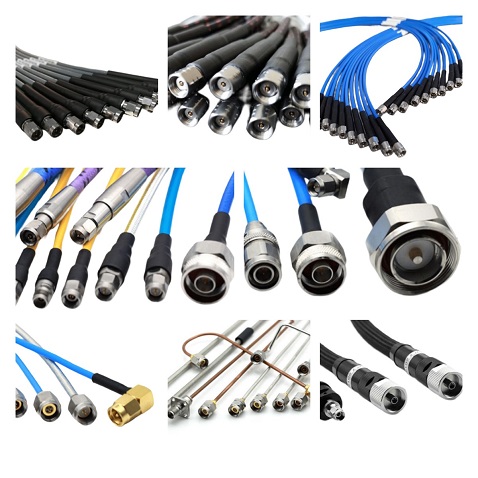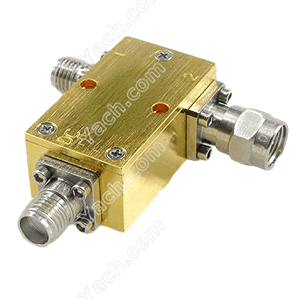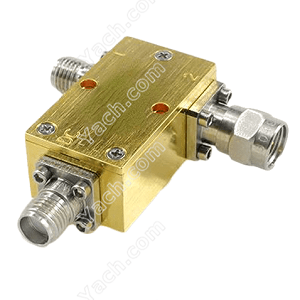How to choose a rf cable?
 In the field of wireless communication, microwave RF test cable or RF cable, cable assembly is a commonly used high-precision system test consumables, which is connected with vector network analyzer, frequency sweep instrument and other test instruments.
In the field of wireless communication, microwave RF test cable or RF cable, cable assembly is a commonly used high-precision system test consumables, which is connected with vector network analyzer, frequency sweep instrument and other test instruments.
Any DUT is located between the signal generator and the analyzer, and the bridge between the DUT and the instrument is the test accessory or test system.
Do not ignore these test accessories. If possible, it is best to solidify these test accessories to make them a standardized measurement system.
When providing the complete machine, the instrument supplier will at most provide the test cable that is consistent with the maximum operating frequency of the instrument.
In the real test process, different accessories will be used due to different situations. All these accessories will affect the accuracy of the measurement results, which requires the tester to have a deep understanding of the relevant test accessories.
When selecting the specification of the cable in the test system, in addition to considering the insertion loss and VSWR, the stability of the cable must be good.
In the RF and microwave frequency bands, the commonly used cables are divided into semi-rigid cables, semi flexible cables and flexible braided cables.
Flexible cable is a kind of "test grade" cable.
Compared with semi-rigid and semi flexible cables, the cost of flexible cables is relatively expensive, because more factors should be considered in the design of flexible cables.
Flexible cables should be easy to bend many times and maintain performance, which is the most basic requirement for testing cables.
Softness and good electrical indicators are a pair of contradictions, which are also the main reasons for the rising cost.
Flexible cables must be kept stable in amplitude and phase under bending conditions. through
Generally speaking, the cable with single inner conductor is conducive to the stability of amplitude;
Multi strand inner conductor cable is conducive to phase stability. It can be seen that these two indicators alone are difficult to complete.
Pay attention to the process of joints and cable connections, which will affect the service life of cables.
In this part, there is a hard contact point between the traditional cable and the connector, which is easy to cause the cable to break. This is also the most troublesome problem for most test engineers in the process of using the traditional test cable, which can not be solved simply by using the heat shrinkable sleeve, because the breaking of this hard contact point is often caused by the tension transmitted to the hard contact point through the cable after the test cable is frequently bent, Cause the hard contact point to age and break.
It goes without saying that the traditional flexible test cable without armour can not effectively prolong the service life of the test cable even if the reinforced heat shrinkable sleeve is used at the connection between the cable and the joint because of the lack of armour layer;
However, for the traditional armored cable, due to the gap between the armored layers and between the armored layer and the signal transmission layer, the tension will still be transmitted to the hard contact point after the cable is bent, resulting in the index jump of the cable after being used for a period of time.
The material of the joint is also the main factor determining the service life of the test cable. Generally speaking, the service life of the joint with copper outer conductor is not as long as that of stainless steel.
On the premise of meeting the torque, the service life of the former is 500 times and that of the latter is 5000 times.
The definition of this indicator is that after the service life, the ex factory indicator of the joint begins to decline, rather than that the joint is about to be scrapped.
Under normal circumstances, the service life of cable joints is much longer than the above indicators.
For the production test environment that needs frequent plugging, the application of adapter is recommended.
In short, for the relatively static interconnection scheme, it is recommended to select the common test cable without armor when frequent plugging and bending are not required,
For mass production test or heavy laboratory test, armored cable is always the best choice for cost performance in the long term.
The design of flexible cable violates the design principle of low passive intermodulation to some extent, so there are few low passive intermodulation models of flexible cable.
The impedance change in the cable assembly will cause the reflection of the signal, which will lead to the loss of incident wave energy.
The connection between test cable components and the connection between cables / joints are the main causes of reflection loss.
Due to manufacturing reasons, the cable may also have some VSWR mutations at certain frequency points The magnitude of reflection can be expressed by voltage standing wave ratio (VSWR), which is defined as the ratio of incident and reflected voltages.
The smaller the VSWR, the better the consistency of cable production.
The equivalent parameter of VSWR is reflection coefficient or return loss.
The VSWR of a typical microwave cable assembly is between 1.1 and 1.5, which is converted to a return loss of 26.4 to 14dB, that is, the transmission efficiency of incident power is 99.8 to 96%.
The meaning of matching efficiency is that if the input power is 100W and the VSWR is 1.33, the output power is 98W, that is, 2W is reflected back.
- 上一篇:Low Noise Amplifier LNA824470 [2022-06-01]
- 下一篇:PIN Diode Switches SW517250 [2022-05-31]








